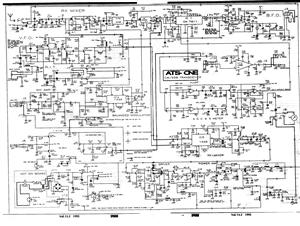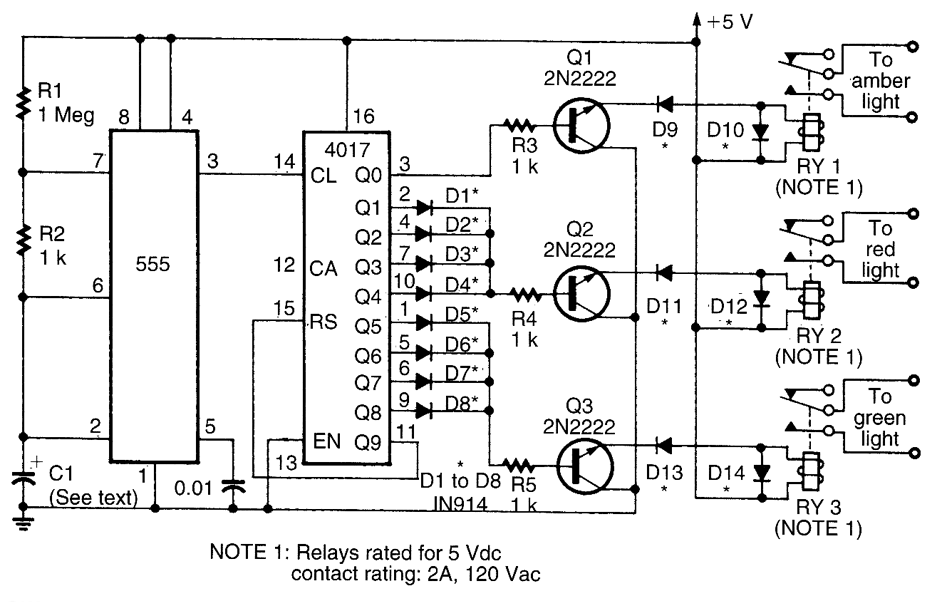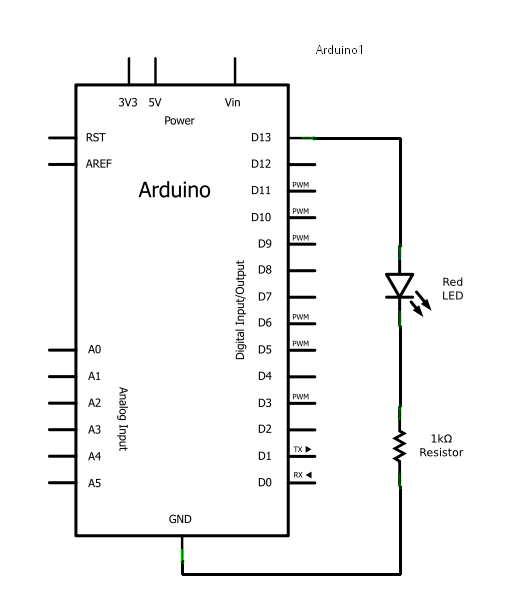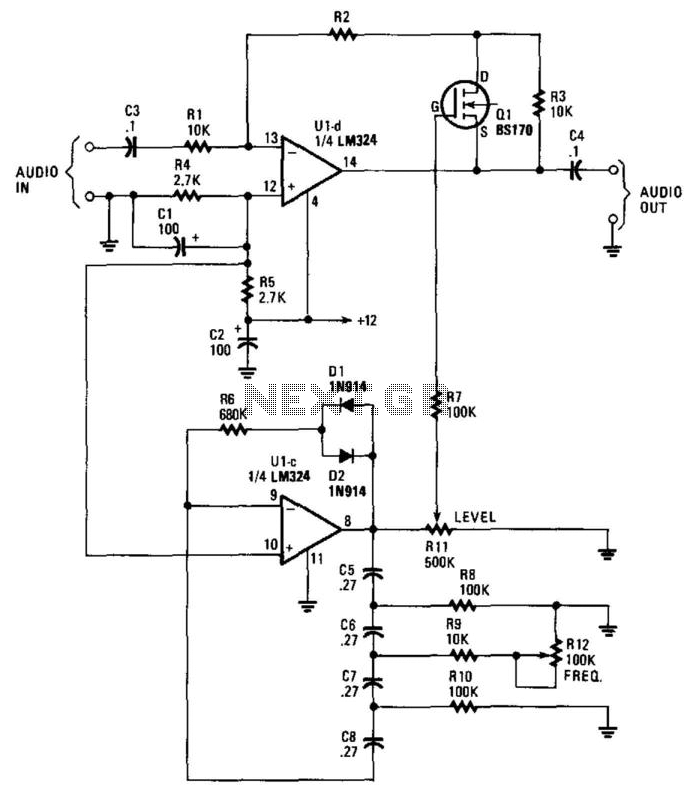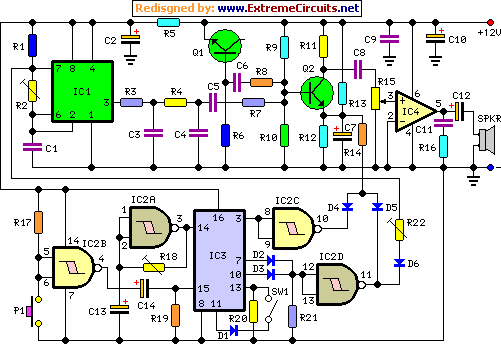
Low-Power Antenna Tuner Circuit
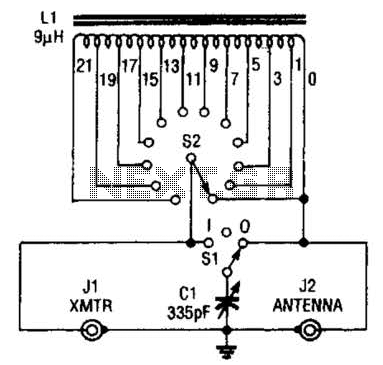
This antenna tuner is designed for low-power transmitters or shortwave receivers with a maximum power output of 5 watts. The switch S2 is used to select the inductance, while S1 connects a 365-pF capacitor either to the transmitter or to one side of the inductor. The compact tuner features a tapped inductor (L1) and a variable capacitor (C1), which is linked to the inductor via a center-off single-pole double-throw (SPDT) switch (S1). This switch configuration allows the capacitor to be connected to either the input or output of the circuit.
The antenna tuner circuit operates by matching the impedance of the transmitter or receiver to the antenna, which is crucial for maximizing power transfer and minimizing signal reflection. The tapped inductor (L1) provides multiple inductance values, allowing for fine-tuning of the circuit to achieve the best performance across various frequencies. The variable capacitor (C1) further enhances tuning flexibility by enabling adjustments to the capacitance value, which is essential for resonance matching.
The SPDT switch (S1) plays a vital role in the circuit's functionality, as it allows the user to toggle between connecting the capacitor to the transmitter's output or the inductor's input. This feature is particularly useful for optimizing the circuit's performance for different operating conditions. The configuration is compact, making it suitable for portable applications where space is limited.
Overall, the design of this antenna tuner ensures efficient operation for low-power applications, providing users with the necessary tools to effectively tune their equipment for optimal signal quality. The careful selection of components and the strategic use of switching mechanisms contribute to the overall effectiveness of the tuner in achieving desired performance characteristics. This antenna tuner is suitable for use with low-power (less than 5 W) transmitters or SW receivers. S2 selects inductance and S2 connects the 365-pF capacitor to either the transmitter or the side of the inductor. The tiny tuner is comprised of a tapped inductor (LI) and a variable capacitor (01), which is connected to the inductor through a center-off SPDT switch (SI).
That switch arrangement permits the capacitor to be connected to either the input or the output of the circuit.
The antenna tuner circuit operates by matching the impedance of the transmitter or receiver to the antenna, which is crucial for maximizing power transfer and minimizing signal reflection. The tapped inductor (L1) provides multiple inductance values, allowing for fine-tuning of the circuit to achieve the best performance across various frequencies. The variable capacitor (C1) further enhances tuning flexibility by enabling adjustments to the capacitance value, which is essential for resonance matching.
The SPDT switch (S1) plays a vital role in the circuit's functionality, as it allows the user to toggle between connecting the capacitor to the transmitter's output or the inductor's input. This feature is particularly useful for optimizing the circuit's performance for different operating conditions. The configuration is compact, making it suitable for portable applications where space is limited.
Overall, the design of this antenna tuner ensures efficient operation for low-power applications, providing users with the necessary tools to effectively tune their equipment for optimal signal quality. The careful selection of components and the strategic use of switching mechanisms contribute to the overall effectiveness of the tuner in achieving desired performance characteristics. This antenna tuner is suitable for use with low-power (less than 5 W) transmitters or SW receivers. S2 selects inductance and S2 connects the 365-pF capacitor to either the transmitter or the side of the inductor. The tiny tuner is comprised of a tapped inductor (LI) and a variable capacitor (01), which is connected to the inductor through a center-off SPDT switch (SI).
That switch arrangement permits the capacitor to be connected to either the input or the output of the circuit.
